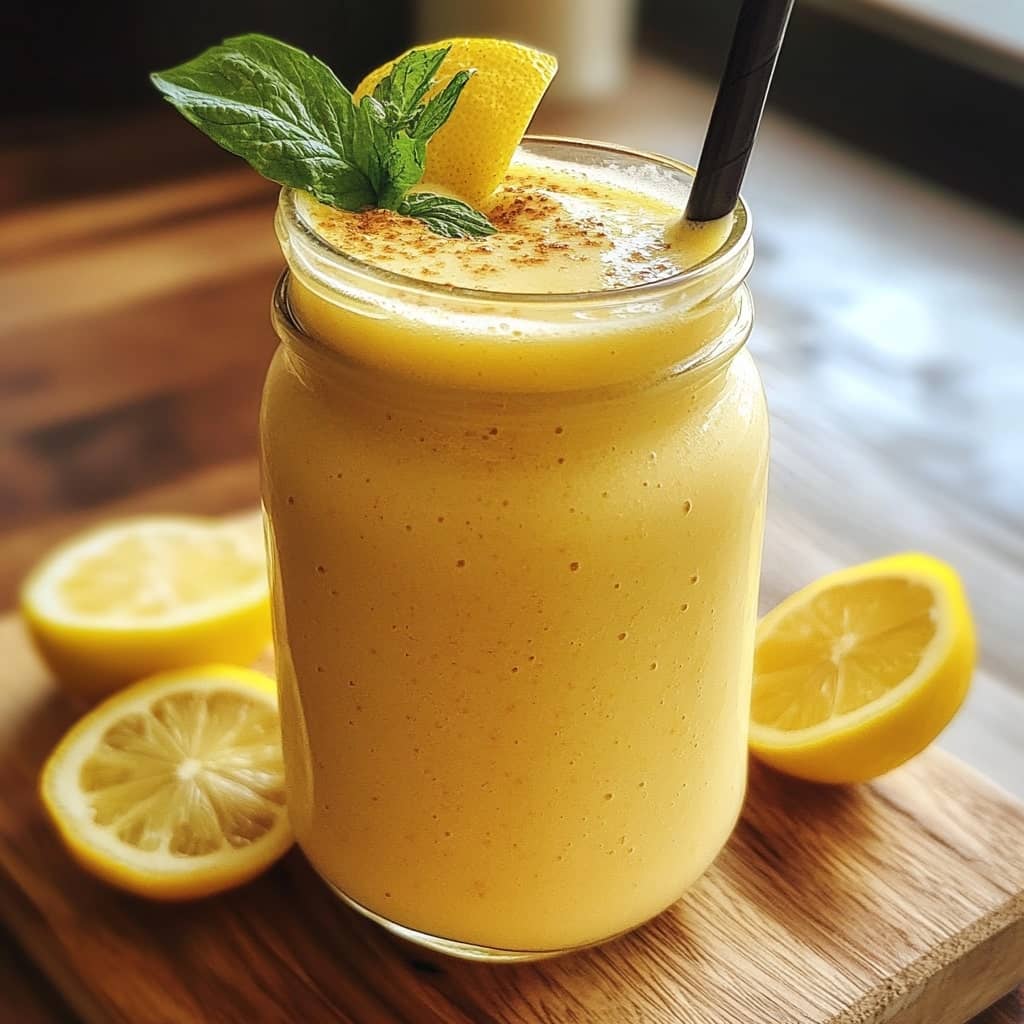Introduction
The history of culinary traditions often reflects the rich tapestry of culture, geography, and social evolution. Throughout the ages, recipes have been passed down through generations, each adapted to the unique tastes and available ingredients of the time. This exploration delves into the origins of a specific dish, tracing its journey from humble beginnings to a beloved staple in many households.
Ingredients Breakdown
Understanding the ingredients that make up a dish is essential for both novice and seasoned cooks. Each component not only contributes to the flavor but also impacts the texture and overall experience. From the foundational staples like grains or proteins to the aromatic herbs and spices that elevate the dish, knowing the role of each ingredient allows for greater creativity and precision in cooking. Additionally, sourcing high-quality, fresh ingredients can significantly enhance the final product, making it more enjoyable and nutritious.
Step-by-Step Recipe
Creating a dish from scratch can be a fulfilling experience, especially when following a well-structured recipe. Start by gathering all your ingredients and equipment to ensure a smooth cooking process. Begin with the preparation stage, where ingredients are washed, chopped, and measured. Then, follow the cooking instructions methodically, paying attention to cooking times and techniques, whether it involves sautéing, boiling, or baking. The magic often lies in the details—timing, temperature, and order of operations can make all the difference. As you progress, remember to taste along the way, adjusting seasoning and flavors as needed to suit your palate. Finally, once the dish is complete, take a moment to present it beautifully; plating can elevate the dining experience, making it not just a meal but a feast for the senses.
Tips for the Perfect Dish
Achieving perfection in cooking often comes down to a few key tips that can dramatically improve your results. First, always taste your dish as you go—this ensures the flavors develop harmoniously. Second, invest in quality tools; sharp knives and sturdy cookware can make the process more enjoyable and efficient. Don’t rush the cooking; allowing time for ingredients to meld can enhance flavors. Lastly, practice patience and don’t be afraid to experiment; cooking is as much about intuition and personal touch as it is about following a recipe.
Variations and Customizations
One of the joys of cooking is the ability to adapt recipes to fit your preferences or dietary needs. For instance, you might substitute one protein for another or adjust the spices to create a different flavor profile. Seasonal ingredients can also be incorporated to take advantage of what’s fresh and local, providing a unique twist each time. Whether you’re looking to make a dish vegan, gluten-free, or simply more aligned with your taste, exploring variations allows for endless creativity in the kitchen.
Health Considerations and Nutritional Value
As more individuals become health-conscious, understanding the nutritional value of ingredients has become increasingly important. Many dishes can be modified to enhance their health benefits, such as reducing added sugars, incorporating whole grains, or adding more vegetables. Additionally, being aware of potential allergens or dietary restrictions is crucial for creating inclusive meals. Focusing on nutrient-dense ingredients not only promotes better health but also enhances the overall flavor and satisfaction of the dish.
FAQ
- Can I substitute ingredients? Absolutely! Many recipes can be customized based on what you have on hand or your dietary preferences.
- How do I know when my dish is done? Taste and appearance are key indicators; food should be cooked through and have a pleasing texture.
- What if I make a mistake? Mistakes are a part of the learning process! Often, small adjustments can salvage a dish or lead to unexpected deliciousness.
- How can I store leftovers? Properly store leftovers in airtight containers and refrigerate them promptly
Vous avez dit :
introduction The history of Ingredients Breakdown Step-by-Step Recipe: Tips for the Perfect Variations and Customizations Health Considerations and Nutritional Value : faq summary in two lines make it as long as possible no lines between paragraphes Lemon Smoothie
ChatGPT a dit :
Introduction
The lemon smoothie is a refreshing beverage that has become a favorite for many, particularly in warm weather or as a zesty breakfast option. Its bright flavor and creamy texture provide a perfect balance of tartness and sweetness, making it not only delicious but also invigorating. This smoothie can be enjoyed as a quick pick-me-up or a healthy snack, and its simplicity belies the rich history and versatility it embodies. As we delve into the origins, preparation, and variations of this delightful drink, we will uncover how it has evolved into a modern classic that resonates with health-conscious individuals and flavor enthusiasts alike.
The History of Lemon Smoothie
The history of the lemon smoothie can be traced back to the broader context of fruit smoothies, which gained popularity in the United States during the health food movement of the 1970s and 1980s. While smoothies in various forms have existed for centuries, the incorporation of fresh fruits, dairy, and other nutritious ingredients into a blended drink made them a staple of health-conscious diets. Lemons, known for their vibrant flavor and nutritional benefits, found their way into these smoothies, adding a refreshing zest that complements a variety of other ingredients. Over time, the lemon smoothie has evolved with numerous recipes emerging, reflecting changing tastes and dietary trends, from the classic lemon and yogurt combination to creative blends featuring greens and other fruits.
Ingredients Breakdown
A well-crafted lemon smoothie typically includes a few key ingredients that harmonize to create its signature taste. The primary ingredient, of course, is fresh lemon juice, which provides that tangy, refreshing flavor. Complementing the lemon are ingredients like yogurt or a dairy-free alternative, which adds creaminess and protein, making the smoothie more filling. Bananas or other fruits can be incorporated for natural sweetness and added nutrients, while honey or maple syrup may be used to adjust the sweetness to personal preference. Ice is often included to create a chilled, refreshing drink, especially during hot days. For an extra nutrient boost, consider adding spinach or kale, which blend seamlessly and enhance the smoothie’s health benefits without overpowering the lemon flavor.
Step-by-Step Recipe
To prepare a delicious lemon smoothie, start by gathering your ingredients: 1 cup of fresh lemon juice, 1 ripe banana, 1 cup of yogurt (or a dairy-free alternative), 1 tablespoon of honey or maple syrup, and a handful of ice. Begin by juicing the lemons to obtain fresh juice, straining out any seeds or pulp as desired. Next, in a blender, combine the lemon juice, banana, yogurt, honey, and ice. Blend on high speed until the mixture is smooth and creamy, stopping to scrape down the sides if necessary. Taste the smoothie, adjusting the sweetness by adding more honey or maple syrup if needed. Once you’re satisfied with the flavor and consistency, pour the smoothie into glasses and serve immediately, garnishing with lemon slices or a sprig of mint for an added touch of freshness.
Tips for the Perfect Lemon Smoothie
To achieve the perfect lemon smoothie, there are a few essential tips to keep in mind. First, use freshly squeezed lemon juice for the best flavor; bottled juice can often be too acidic or lack the brightness of fresh lemons. Second, ripe bananas not only add sweetness but also contribute to a creamy texture, so choose bananas that are just past their peak for optimal flavor. If you prefer a thicker smoothie, you can freeze your banana ahead of time or add more ice. Additionally, for those who enjoy a bit of zest, consider adding a teaspoon of lemon zest to enhance the lemon flavor. Finally, blending in leafy greens like spinach can increase the nutritional value without affecting the taste, making your smoothie even healthier.
Variations and Customizations
The lemon smoothie is incredibly versatile, allowing for a range of variations and customizations to suit different tastes and dietary needs. For a tropical twist, add ingredients like pineapple or mango, which pair beautifully with the tartness of lemon. If you want to boost the smoothie’s protein content, consider adding a scoop of protein powder or nut butter. For a refreshing herbal note, fresh mint or basil can be blended in, creating a unique flavor profile. You can also experiment with different dairy or non-dairy bases, such as almond milk or coconut yogurt, depending on your dietary preferences. For those looking to reduce sugar, opt for unsweetened yogurt and skip the added sweeteners, allowing the natural sweetness of the fruit to shine through.
Health Considerations and Nutritional Value
Lemon smoothies can be a nutritious addition to a balanced diet, packed with vitamins, minerals, and antioxidants. Lemons are an excellent source of vitamin C, which supports immune function and skin health, while yogurt provides protein and probiotics, promoting gut health. Bananas contribute potassium and dietary fiber, helping to regulate digestion and maintain heart health. Depending on the ingredients you choose, the smoothie can be low in calories and high in nutrients, making it a great option for weight management. However, it’s important to be mindful of portion sizes and added sweeteners, as excessive sugar can negate some health benefits. By using whole, natural ingredients and moderating sweeteners, you can enjoy a refreshing lemon smoothie that aligns with your health goals.
FAQ
- Can I make this smoothie in advance? While it’s best enjoyed fresh, you can prepare the ingredients in advance and blend them right before serving for optimal freshness.
- What can I use instead of yogurt? You can substitute yogurt with almond milk, coconut milk, or silken tofu for a dairy-free option.
- How can I make it vegan? Use plant-based yogurt and sweeteners like maple syrup instead of honey to keep the smoothie vegan-friendly.
- Is it possible to make it thicker? Yes! You can add more frozen fruits, ice, or even oats to achieve a thicker consistency.

Lemon Smoothie
Ingredients
- 1 cup of low-fat French vanilla yogurt
- 1 cup of ice cubes
- 2 tablespoons of fresh lemon juice don’t forget to zest the lemon first!
- 2 tablespoons of honey
- 1 tablespoon of freshly grated ginger
- 2 teaspoons of lemon zest
- ⅛ teaspoon of ground turmeric
Instructions
- In a blender, combine all the ingredients and blend until smooth. Serve right away.

